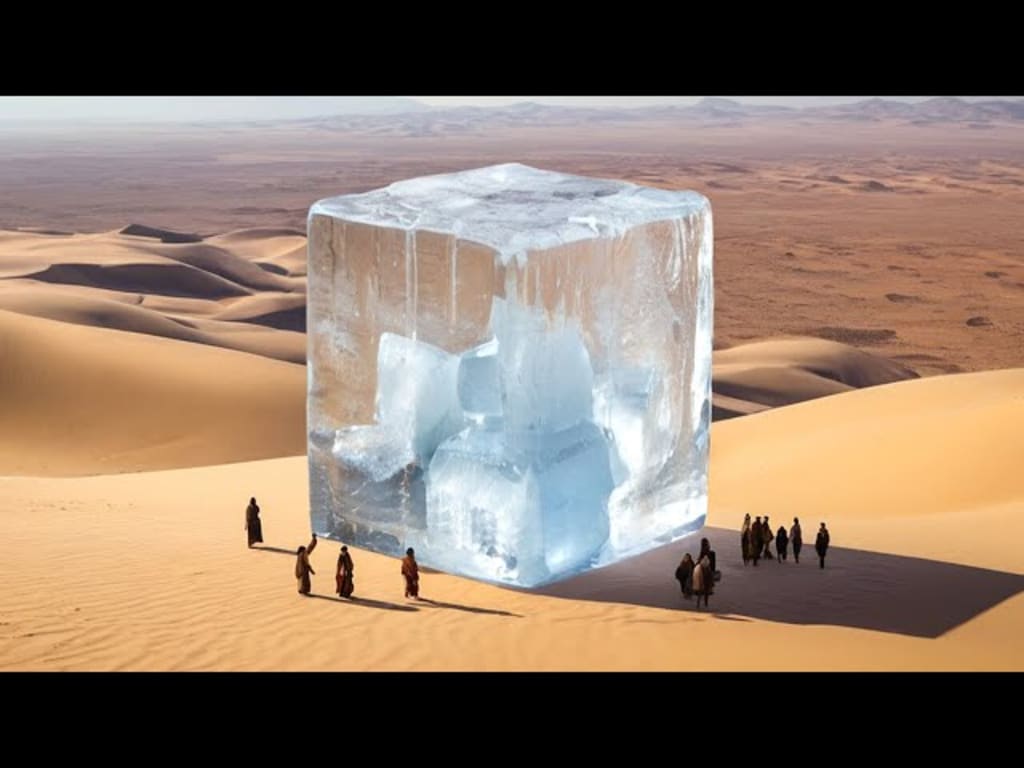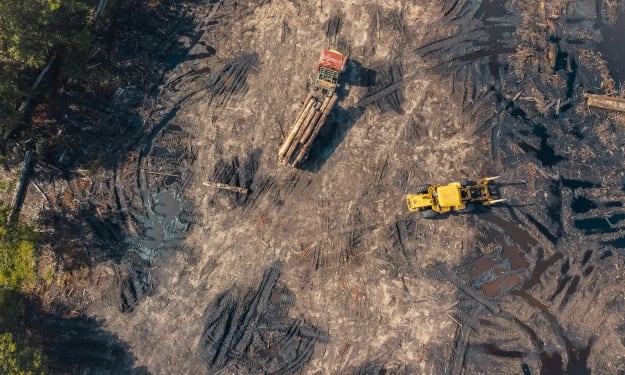Ice in the Desert: How Ancient People Did It
Ice in the Desert: How Ancient People Did It

As the summer sun turns up the heat, many of us feel like roasted marshmallows on a sizzling grill. However, the struggle against high temperatures is not a modern challenge. Throughout history, ingenious people have devised inventive ways to keep cool, and some of these ancient cooling methods continue to function even after 3,000 years. In this exploration, we journey through time to uncover the fascinating inventions that allowed our ancestors to beat the heat.
Persian Ice Pits: A Desert Oasis of Chill
In the deserts of ancient Persia, the clever Persians discovered a physics trick that enabled them to create ice in the middle of the scorching desert. They built ice pits, known as "yakhchāl," which were secret underground fridges designed to prevent food from turning into a melted mess. These dome-shaped mud brick structures used an evaporation cooler system that worked magic at night, utilizing the radiative cooling effect of the desert. Trenches held thin layers of water that froze overnight, and the ice was stored in underground square areas. Wind-catching contraptions, called "badgirs," directed breezes into the pits, creating a natural cooling system. Despite fading into history, efforts to restore these ancient coolers are underway in Iran.
Wind Catchers: Ancient Air Conditioners
Wind catchers, tower-like structures with openings at various levels, were architectural wonders that dominated ancient Persian, Egyptian, and Middle Eastern landscapes. Positioned strategically to harness nature's breeze, these openings acted as magical portals for the wind, directing it into living spaces. Acting as natural air conditioners, wind catchers gracefully cooled interiors by allowing the breeze to flow downward. The height, number of sides, openings, and positioning of interior blades played crucial roles in their efficiency. While Persians are often credited for inventing wind catchers, traces of similar structures date back to ancient Egypt, where they were essential for surviving the arid climate.
Perforated Exteriors: Jalis and Modern Elegance
In regions with scorching temperatures, like Jaipur, India, architects employed a genius technique using perforated double-skinned exteriors. These structures, known as "jalis," not only scattered natural daylight to provide shade but also created breezy hallways for fresh air circulation. Positioned about 4 feet away from outer walls, jalis offered an elegant solution to combat the intense sun. Beyond their practicality, these structures added a touch of cultural sophistication to buildings, showcasing intricate designs crafted from materials such as cement, earth, and wood.
Venturi Effect and Mashrabia: Clever Cooling Techniques
The Venturi effect played a role in cooling through narrow passages, such as those found in mashrabia – wooden lattices used in the Middle East and North Africa. As air flowed through narrowing passages, it picked up speed, creating a pressure difference that cooled the released air. Mashrabia not only looked aesthetically pleasing but also served practical purposes by providing privacy, shading from the sun, and allowing the circulation of fresh air. Additionally, the Venturi effect aided in cooling through clay pots filled with water, sand, or damp straw, offering a low-cost, eco-friendly solution for hot and dry climates.
Water Evaporation: Ancient Wisdom for Modern Designs
Ancient people harnessed the power of water evaporation to cool their surroundings. Wet mats and curtains in ancient Egypt, as well as the use of water-filled clay pots in mashrabia, showcased simple yet effective methods to cool the air naturally. Today, modern architects incorporate water features in their designs to utilize the same principle, creating visually appealing and environmentally friendly cooling solutions.
Conclusion:
The battle against extreme temperatures has been a constant throughout human history, and our ancestors displayed remarkable ingenuity in developing innovative cooling techniques. From ancient Persia's ice pits to Egypt's wind catchers and India's jalis, these age-old solutions have left a lasting impact on architectural design. As we marvel at the creativity of our predecessors, it becomes clear that combining traditional wisdom with modern technology can create wonders in the quest for a cooler, more comfortable living environment. So, the next time you savor an ice cube in your drink, remember the timeless innovations that have helped humanity stay cool through the ages.
About the Creator
Enjoyed the story? Support the Creator.
Subscribe for free to receive all their stories in your feed. You could also pledge your support or give them a one-off tip, letting them know you appreciate their work.





Comments (1)
I'm impressed!! Love it!🫶🫶🫶